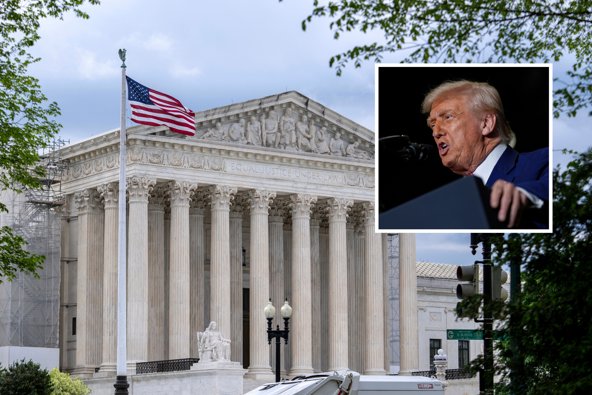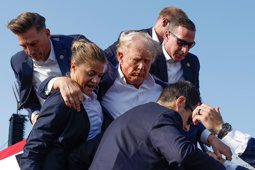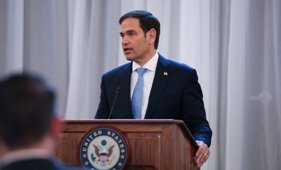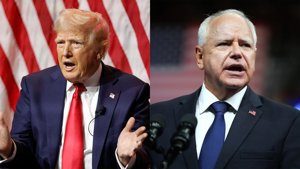
Supreme Court Backs Trump on Major Federal Layoffs
Supreme Court allows Trump administration to proceed with large-scale federal layoffs, reshaping executive branch power.
High Court Permits Sweeping Workforce Cuts
The Supreme Court has given President Donald Trump’s administration the green light to carry out mass layoffs across federal agencies, marking a significant shift in the balance of executive power. In a series of emergency decisions, the justices permitted the termination of roughly 1,400 Education Department employees and set a precedent for further cuts throughout the government.
The court’s rulings, which often came with little explanation, signal deference to the president’s authority over the executive branch. The decision is part of Trump’s broader initiative to restructure the federal government through a sweeping “reduction in force” executive order, directing agencies to eliminate positions deemed nonessential or redundant. Half of the affected Education Department workers accepted buyouts, while the rest faced reduction-in-force notices.
Legal Debates and Ongoing Lawsuits
Supporters of the move, including law professors and conservative legal scholars, argue that the president holds constitutional authority to direct federal agencies and remove executive officials. The Supreme Court has repeatedly allowed Trump’s orders to take effect even as lawsuits continue in lower courts. Critics contend that large-scale layoffs should require congressional approval and warn of the risks to agency independence.
Some judges, including those appointed by Democrats, have attempted to block the layoffs, arguing that sweeping reorganizations must be coordinated with the legislative branch. However, the Supreme Court’s recent moves have overridden such injunctions, empowering the administration to move forward with its plans.
Beyond the Education Department, the decisions have enabled further cuts at the State Department and other agencies, with Secretary of State Marco Rubio authorized to lay off over 1,300 employees. The administration’s focus remains on eliminating nonessential functions and streamlining operations across government, though legal battles continue in cases involving the Departments of Health and Human Services and other agencies.
In a separate but related line of rulings, the Supreme Court also sided with Trump in his bid to remove leaders of independent agencies without cause, a challenge to decades-old precedent established in Humphrey’s Executor v. United States. Dissenting justices voiced concern over the erosion of safeguards designed to protect regulatory boards from political influence.
As these lawsuits proceed, the decisions underscore the Supreme Court’s willingness to grant the president considerable leeway in reshaping the federal bureaucracy. The full consequences of the administration’s workforce reductions and the precedent set for future presidents are likely to be closely watched, with supporters seeing efficiency gains and critics warning of risks to government independence and stability.






